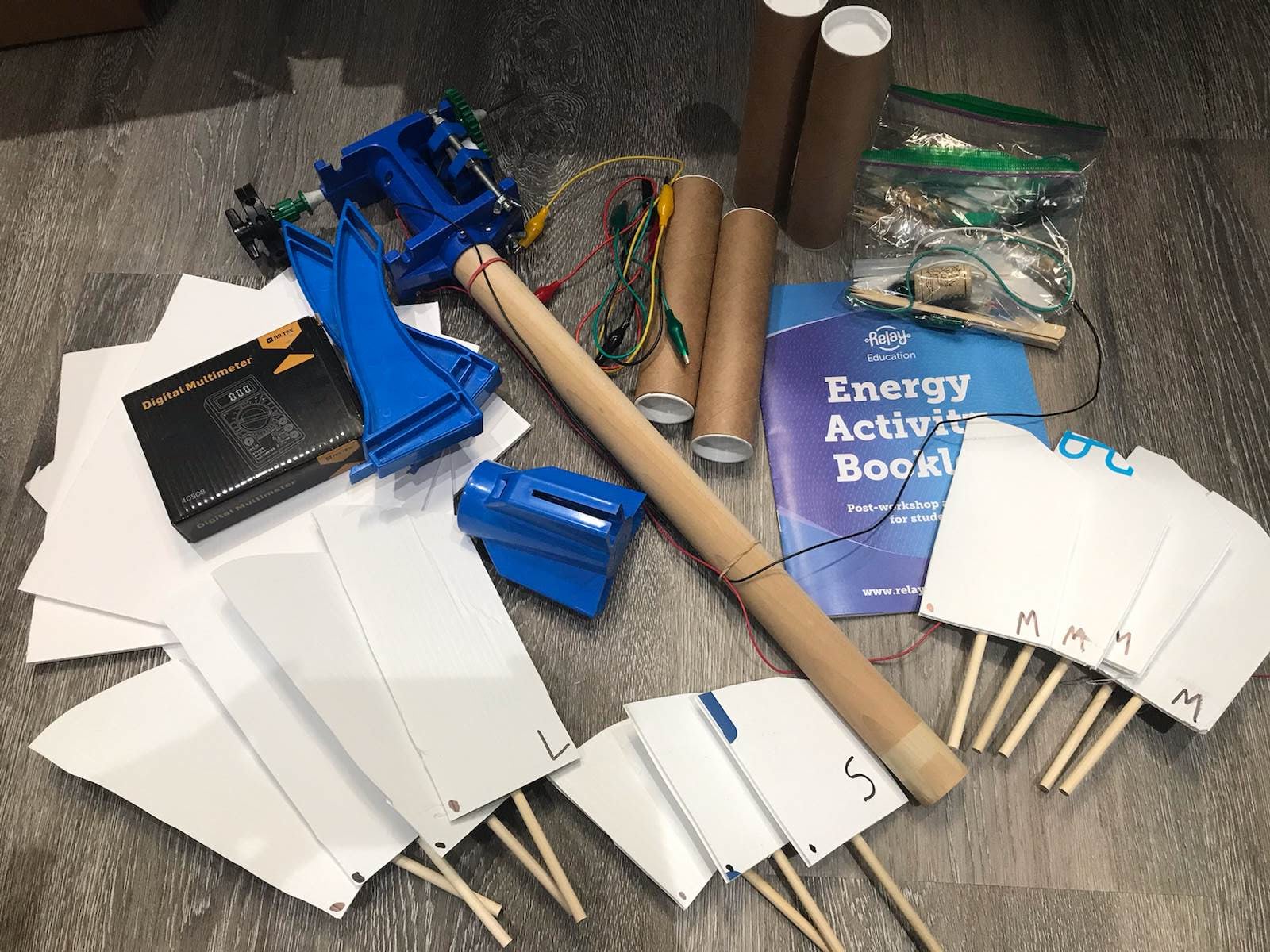Written by: Kelly Park, Relay Communication Manager and Sarah Hahn, Mining Matters Communications Coordinator
Throughout the last year, many organizations like, Relay Education, have had to adapt how they operate. As many of us switched our day to day activities online, Zoom became the new meeting room, stage, and classroom. But what about those who don’t have the ability to connect online?
Mining Matters, a Toronto-based organization, delivers educational programs about Earth sciences and works with many remote Indigenous communities where internet is not accessible. In response to the shift to virtual learning, they developed activity kits that could be shipped to these communities, so that children without internet access could continue to learn in an engaging way.
This spring, Relay Education collaborated with Mining Matters by contributing a wind turbine activity to be included in their education kits that were shipped to Nunavut. The education kits include over a dozen activities that teach about geology, engineering, mining and sustainability. They come with materials, supplies and pre-recorded instructions to complete each activity.
Thanks to the partnership, more than 400 students will learn about the importance of wind energy. In total, 141 kits were sent to five communities in the Kitikmeot Region of Nunavut. They were distributed to 30 classes in Kugaaruk, Gjoa Haven, Taloyoak, Cambridge Bay, and Kugluktuk. The remote Inuit communities are over 3000 km north of Toronto.
The wind energy activity included lesson plans, wind turbine with different blades, led lightbulbs, and other science equipment. With these materials kids are able to learn about how we can generate electricity from renewable resources as they build their own wind turbine model.
One goal of the Nunavut educational system is to encourage and spread the use of Inuktitut language. In Kugaaruk, Gjoa Haven, and Taloyoak they speak Inuktitut, whose written form is syllabics. Cambridge Bay and Kugluktuk speak Inuinnaqtun, whose written form is in roman alphabet (same as English).
To learn more about the diversity of the Inuit language visit the Inuktut Tusaalanga website. The website has lessons, a language glossary, and more about the diverse Inuit dialects in Nunavut.
We are excited to know that the youth in these communities will be learning about renewable energy and what it means for their future. It’s a great way to engage those who lack internet access and cannot participate in virtual programs.

